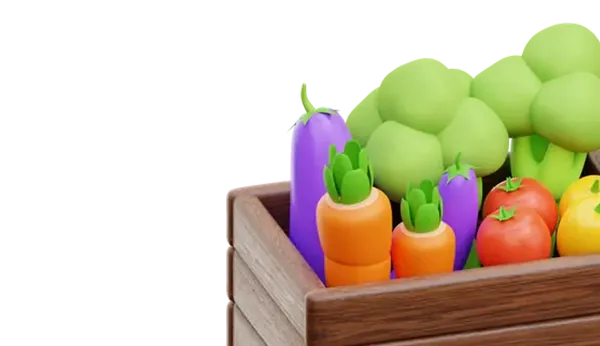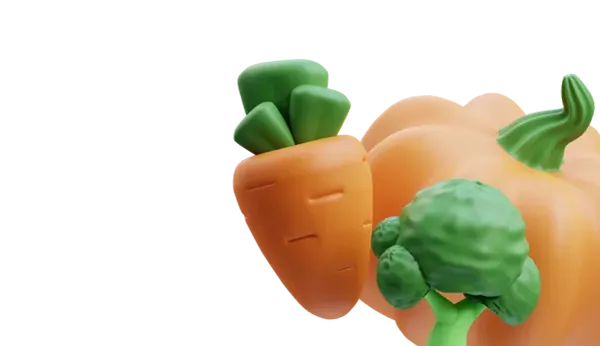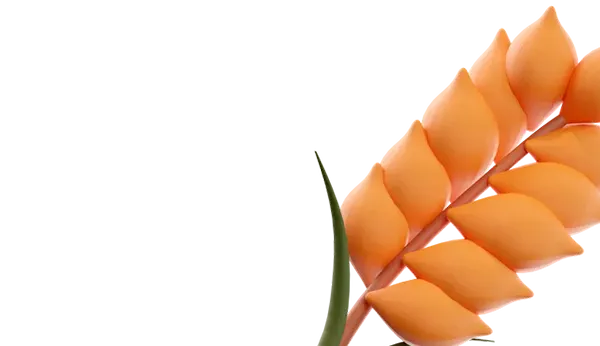This year, food prices in the international market have been very unstable, moving in different directions, which has significantly impacted export revenue. As noted by Dmitry Krasnov, the head of the federal center "Agroexport" under the Ministry of Agriculture, the volume of shipments decreased by approximately 1%, but he is confident that by the end of the year, we will be able to eliminate this decrease and remain at roughly the same level as last year. Additionally, the physical volume of shipments increased by 10%. The majority of exports are destined for friendly countries, which account for 90% of the total volume.
According to the presentation given by Krasnov, the export for the year amounted to 38.47 billion dollars, slightly less than the previous year (38.94 billion dollars). Overall, agricultural exports last year amounted to 43.5 billion dollars. The main products of the shipments were cereals (15 billion dollars), oils and fats (7.77 billion dollars), and other agricultural products (5.1 billion dollars).
Krasnov noted that this year, wheat and sunflower oil prices hit a minimum in February-March, and exports were able to recover thanks to meat, dairy, and processed product shipments. Meat deliveries increased by 20%, reaching 1.5 billion dollars, with poultry and beef shipments increasing by 12-13%, and pork shipments almost by 40%. The increase in pork export volume was due to the opening of the Chinese market last year, where around 40 thousand tons of products were sent. Krasnov acknowledged that this was a surprisingly good result. The physical volume of meat exports increased by 23% to 658 thousand tons.
Dairy product exports grew by 20% to 374 million dollars, and in terms of physical shipment volume, it increased by 9% to 186 thousand tons. Significant growth was noted in cheese and cottage cheese shipments (25%), milk and cream (40%), and powdered milk (32%). Dairy products were also successfully exported to China, Algeria, and Egypt.
The export volume of processed products increased by 5.2% to 4.3 billion dollars, and in terms of physical shipment volume, by 1.9% to 7.69 million tons. The most significant increase in deliveries was observed in pasta products (52%), confectionery products (8%), and wheat flour (7%).
Despite unfavorable price conditions and sanctions, this year we managed to achieve all the goals set within the federal project "Export of Agricultural Products," said Deputy Minister of Agriculture Sergey Levin. He noted that this demonstrates the stable export base of the Russian agricultural sector and its readiness for further development. President Vladimir Putin has set the industry a goal to increase the volume of agricultural exports by one and a half times by 2030, reaching over 55 billion dollars, allowing Russia to enter the top ten largest global exporters (last year it was in 16th place).
Levin believes that this goal is quite achievable, but further diversification of exports and an increase in the share of value-added products are required. According to him, it is not enough to rely solely on grain, oil, fat, and fish sectors, where Russia is already a leader. It is necessary to strengthen positions in priority markets, ensuring continuous product supply, promote brands, intensify the promotion of Russian products in general, diversify the assortment of deliveries, and adapt products to the specific requirements of each market.















